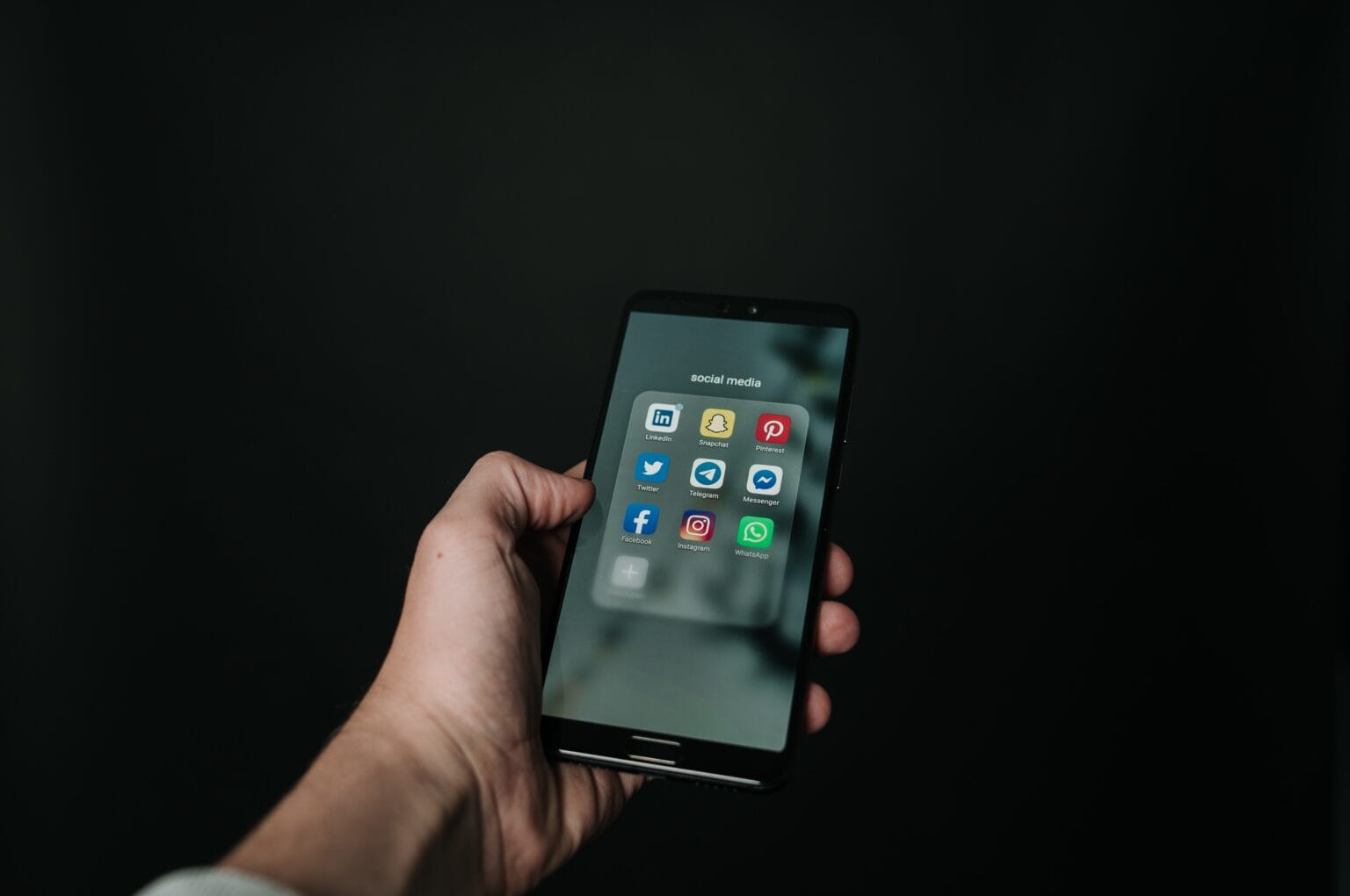As creators have become more important to Meta’s business model, Facebook and Instagram are no longer willing to rely on amateur posters to drive usage.
Last week, when Meta said it would charge $11.99 per month for verification and more customer service, the scammers went into high gear. Some people said this was the end of free social media. It was a dull imitation of Elon Musk’s Twitter on Facebook. Or maybe a gang-like way to get money for protection
All of the responses missed the real change behind the move: When social media feeds first started, most of the content came from regular users. Now, most of the content comes from professional creators. These creators need to prove who they are, help customers, and get more attention. And they’re ready to pay for it. Meta is just meeting a need.
Meghana Dhar, a former head of partnerships at Meta and Snap, told me via text that the subscription model is made to get money from professional creators and businesses. “Their business can’t use it, so it’s a waste of time.”
In the past year, nearly every big social media company has come out with a premium subscription product aimed at professional content creators. For example, Twitter Blue lets people post longer tweets and videos. With Snapchat+, they can share stories that can be seen for up to a week. Along with the above benefits, Meta also promises more exposure on Facebook and Instagram.

These benefits are more appealing to professionals than to amateurs, and they happen at the same time that social media is quickly moving away from amateurs. Social media companies are giving up on regular users now that they have relied on them for so long. People who are just like everyone else either don’t post enough or are too boring. And now they are being moved out of the way.
TikTok forced the issue by using an algorithm instead of a follow model to fill its feed with (very interesting) videos. By doing this, it put so much pressure on Instagram that its leader, Adam Mosseri, said it was “no longer a photo-sharing app.” Soon after, Instagram made some changes to its algorithm that made it more like TikTok and gave less weight to content from friends and family.
Even if they did, most people don’t post much on social media. At least compared to when social media first started and they dominated the feeds. Before Elon Musk bought Twitter, less than 10% of its users created 90% of its content.
Then, the most popular paid social subscriptions will probably meet the needs of professionals and have enough features to appeal to a slightly wider audience. The growth will probably be limited, though.
So far, Snapchat+, which has 2.5 million subscribers, seems to be the best thing they’ve done. But that’s still only.3% of the 725 million people who use it.
Twitter Blue, on the other hand, is struggling to be the force for change that Musk wants it to be. The number of people who have signed up is less than 300,000. People who don’t tweet aren’t likely to want more characters.
There is a chance for Meta here. Even if it only converts a small portion of Instagram’s more than 2 billion users, it could bring in a lot of money. Dhar thinks it will be popular because he worked on Instagram’s shopping feature. “In this case, the extra reach on Instagram is much more appealing than the Twitter model,” she said.
So, instead of seeing paid social media subscriptions as a tax on regular people, let’s see them for what they are: a product for the new social media era that helps those who still post.
